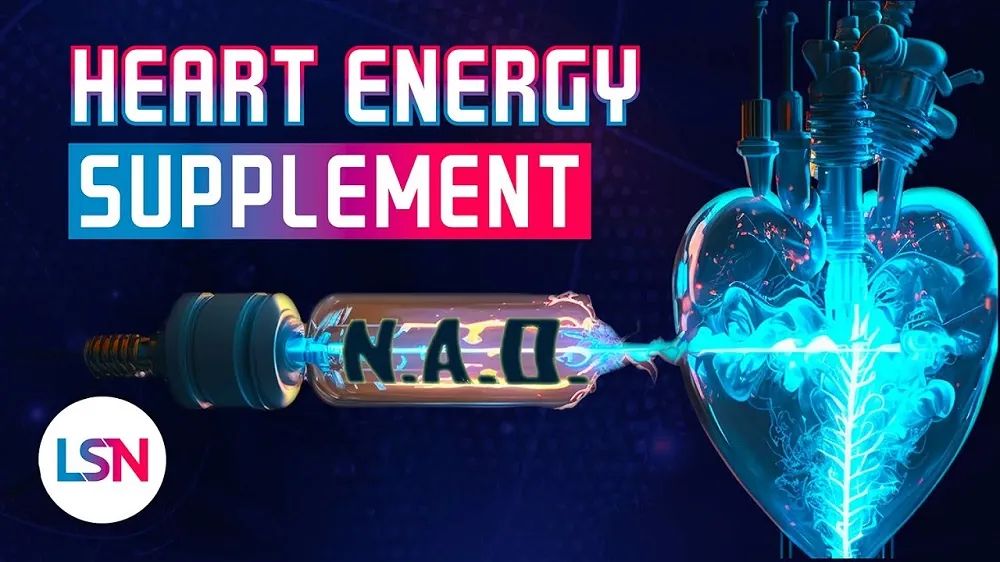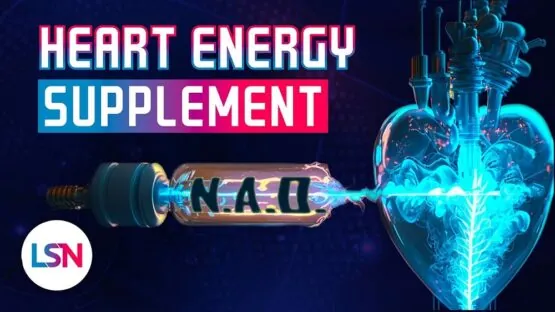On this episode of Lifespan News, Emmett Short discusses how a compound known as Kdm8 is critical in getting NAD+ to heart muscles and preventing a form of heart disease.
Script
Until we all have ARC reactor hearts that can be replaced by anyone with small enough hands to reach inside the socket. Heart transplants are the last thing we want. I’m not getting my chest ripped open. I don’t care if you 3D printed me a perfect replica of Usain Bolt’s heart, I’m good.
DCM is a disease that is a leading reason people need heart transplants, and it’s because they literally run out of energy. Scientists already knew increasing NAD in mice with DCM had restorative effects on the heart which led them to ask, why? A new study figured out how one enzyme controls the creation of energy in heart muscle cells. It’s like a little nanobot ARC reactor inside each cell. And now that we know what it does, the future could have a lot less of a need for 3D-printed hearts, so sorry if you were working on that.
Welcome to Lifespan News. I’m Emmett Short. Today we’re talking about heart energy. Dilated Cardiac Myopathy, DCM, basically sabotages the mitochondria of heart muscle cells, Mitochondria are the cell’s powerhouse so DCM essentially robs your heart of power.
This new study published in Nature Cardiovascular Research focuses on lysine demethylase 8, known as Kdm8. We need Kdm8. Without it, mouse embryos die of heart failure before they are even born, so yeah, it’s kind of important.
This study wanted to know the impact of Kdm8 on living animals. So the researchers mutated up some mouse crossbreeds genetically designed to produce less Kdm8, specifically in the heart. And what they found could explain why NAD works so well against DCM.
For some background, NAD, or Nicotinamide Adenine Dinucleotide, is a key coenzyme that is found in all cells and is essential for life. Many in the longevity community supplement with NAD, or its precursors NMN, NR, and niacin, in hopes of combating the aging process – but the science is still being debated. You can learn more about NAD on the Lifespan.io website at the link here, or in the video description.
These Kdm8-deficient mice had normal hearts up until about 4 to 6 months of age and then they developed DCM and lived on average 9 months. Mice with two copies of the mutation lived even shorter lives, about 7 months and all of them died of heart failure. As opposed to the non genetically modified mice, the non mutants, lived for 27 months on average.
When they looked at the heart muscle, the gene methylation showed that the Kdm8-depleted heart cells had widespread malfunction and specifically their NAD metabolism was all out of whack.
Basically, reduced Kdm8 activity meant that the cells couldn’t synthesize or consume NAD as efficiently and the creation of the NAD precursor NAMPT was also reduced, meaning there was less energy to go around. Also missing? Several sirtuins associated with longevity. All this meant that at 6 months of age, these mice had half the ATP, half the energy normal mice hearts have.
Now, the results suggest Kdm8 is critical to mitochondrial energy use in heart cells, and is critical to aging and backs up a previous study showing Kdm8 mutant mice suffering from DCM saw improvements from NAD treatment.
Questions remain. Would stimulating the creation of more Kdm8 in the human body create super hearts? Can we develop treatments that enhance Kdm8 activity or bypass its function altogether? How are Sirtuins involved? Will Usain Bolt be able to copyright his heart’s genetic blueprint? Lots more to discover but this is a great piece of the puzzle.
Make sure to subscribe, and click the bell so you can stay up to date on aging research. I’m Emmett Short, and we’ll see you next time on Lifespan News!




